Mysterious Tarsus excavations in Türkiye reveal secrets of 6,000-year-old city
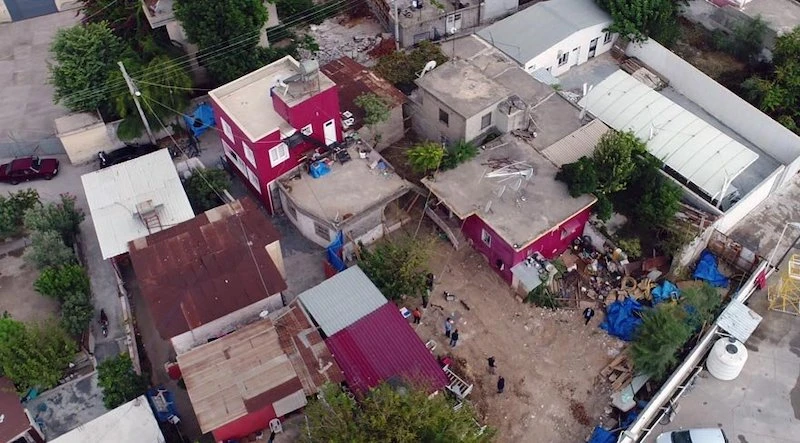 An aerial view of the excavation site in Tarsus where the extensive digging operation was carried out, Türkiye. (Photo via Reddit)
An aerial view of the excavation site in Tarsus where the extensive digging operation was carried out, Türkiye. (Photo via Reddit)
The relatively recent Tarsus excavations have captured global attention. Shrouded in secrecy and controversy, these digs have sparked intense speculation about what lies beneath this historically rich location in southern Türkiye.
Tarsus is one of the oldest continuously inhabited cities in the world, with a rich history spanning over 6,000 years.
Located in the fertile plains of Cilicia in southern Türkiye, Tarsus has long been a crucial hub of commerce, culture and religion due to its strategic location near the Mediterranean coast.
The earliest evidence of settlement in Tarsus dates back to the Neolithic period, around 4,000 BCE. During the Hittite Empire, Tarsus emerged as a significant city within one of the ancient Near East’s most powerful civilizations.
Over time, its importance grew, becoming a key trade hub during the Assyrian and Persian empires because of its strategic position along major trade routes connecting East and West.

Roman, Byzantine periods: Legacy of St. Paul in Türkiye’s Tarsus
Tarsus is notably the birthplace of St. Paul the Apostle, a pivotal figure in the spread of Christianity. Born around 5 A.D. as Saul, Paul was a Roman citizen who later converted to Christianity and played a critical role in spreading Christian teachings across the Roman Empire. His letters, known as Epistles, form a substantial portion of the New Testament.
During the Roman era, Tarsus flourished as a vibrant cultural and intellectual center, renowned for its schools of philosophy and rhetoric, rivaling those in Athens and Alexandria. It was in Tarsus that Mark Antony and Cleopatra famously met in 41 B.C., further establishing the city’s historical significance.
The city’s importance continued through the Byzantine Empire and later under Islamic rule. Tarsus became a battleground during the Crusades and changed hands multiple times between the Byzantine Empire, the Abbasid Caliphate, and other regional powers. These eras left a lasting impact on Tarsus, contributing to its rich and diverse cultural and architectural heritage.
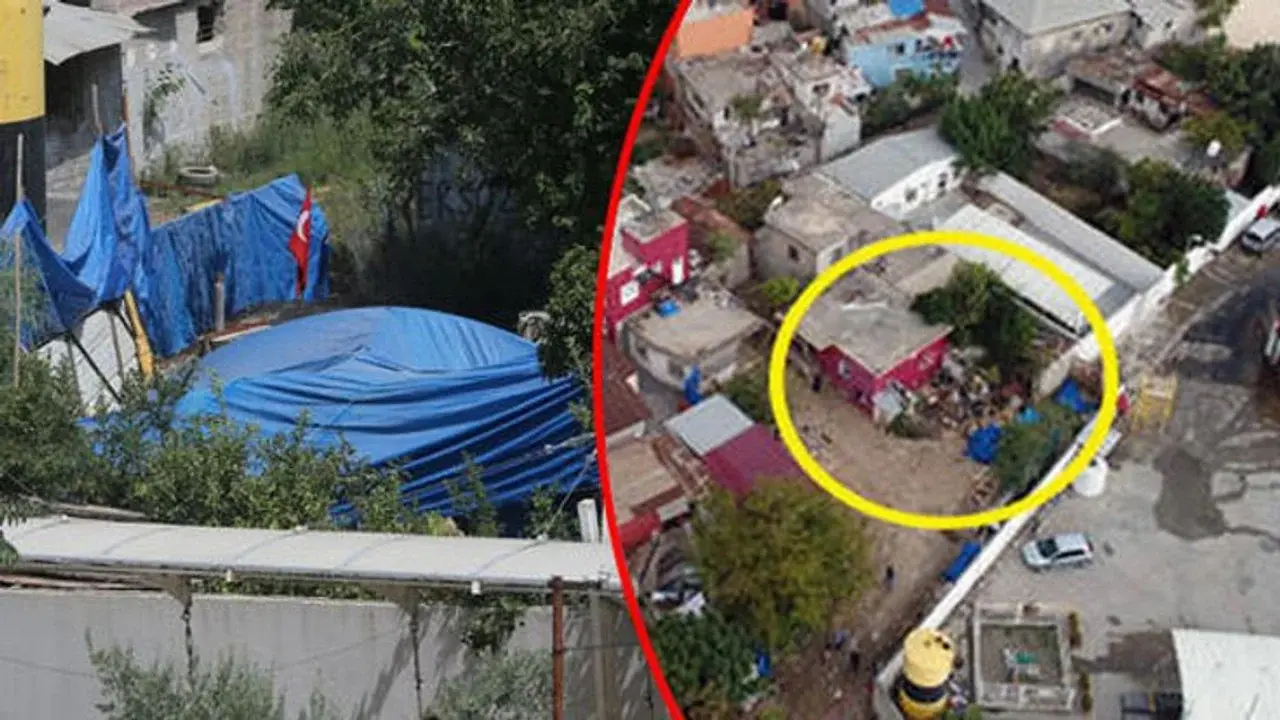
Why recent excavations in Tarsus hold global significance
Given Tarsus’s extensive and layered history, excavations in the area have the potential to uncover artifacts or structures from various historical periods – Hittite, Roman, Byzantine, or Islamic – that could provide valuable insights into the ancient world.
The recent excavations have sparked considerable speculation, especially because of the city’s connections to significant historical figures and events.
The prospect of uncovering something monumental, such as the lost Gospel of St. Paul, the Sibylline Books, or an undiscovered Roman-era city, holds global significance beyond Türkiye’s borders.
Suspicious death of police officer in 2012 preceding Tarsus excavations
The story of the Tarsus excavations began in 2012 with the suspicious death of Mithat Erdal, a police officer in Tarsus. Erdal, who had infiltrated a group of treasure hunters as an undercover informant, discovered a significant treasure hidden beneath an ordinary house in Tarsus’s Yesil Mahalle (Green Road). This treasure reportedly included golden candelabras, coins, and other precious items, possibly from an ancient royal tomb.
Before he could report his findings, Erdal was found dead under mysterious circumstances. Authorities ruled his death an accident, but his widow, Sibel Erdal, contested this conclusion, suggesting a cover-up. Her pursuit of the truth is believed to have played a critical role in initiating the controversial Tarsus excavations.
Official statements on Tarsus excavation, public doubts
The official narrative regarding the Tarsus excavations has failed to satisfy the public’s curiosity and has instead fueled widespread speculation. Authorities claimed that the excavation, carried out under tight security and involving several state agencies, uncovered nothing of significant archaeological value.
The reported findings included only fragments of ceramic lamps, roof tiles, and amphora pieces—commonplace artifacts in any ancient settlement. However, these official statements did little to quell public doubts.
Residents have expressed skepticism, particularly because of the extensive security measures implemented around the site. Many locals reported hearing strange noises at night, while the site itself was obscured from public view with blue tarps and guarded around the clock.
The high level of secrecy surrounding the excavation has led many to believe that the truth about what was discovered has been deliberately withheld. This secrecy has provided fertile ground for alternative theories and speculation.
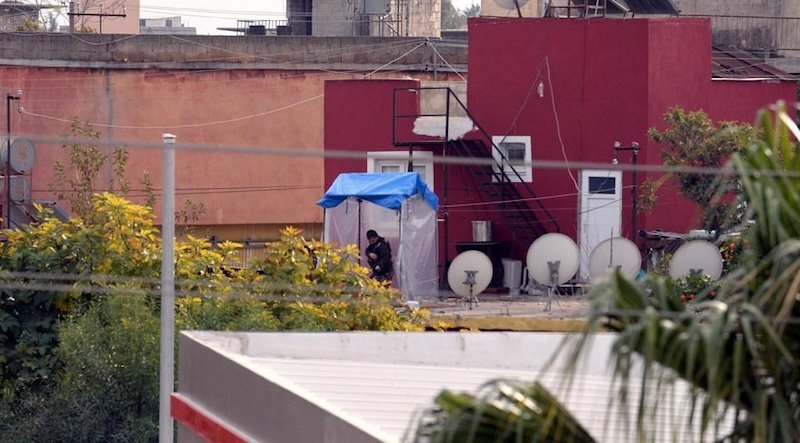
Controversy surrounding archaeological methodology used in Tarsus excavation
The Tarsus excavation has not only raised eyebrows among the public but has also sparked significant controversy within the academic community. Professor Murat Durukan from Mersin University has been one of the most vocal critics of the methods used in the excavation.
According to Durukan, the approach taken does not align with standard archaeological practices.
“An archaeological study is usually monitored by museums and universities, and such activities are publicly reported,” Durukan noted. “However, the excavation in Tarsus appears to be conducted entirely independently of these institutions.”
Durukan’s concerns are shared by other archaeologists in the region. One academic, who preferred to remain anonymous, emphasized the ethical implications of conducting archaeological excavations without adhering to scientific methodologies and keeping them hidden from public scrutiny. The academic stressed the urgent need for transparent reports on the Tarsus excavations, criticizing the lack of accountability.
The excavation site in Tarsus was reportedly protected by Türkiye’s highest security agencies, including the National Intelligence Organization (MIT) and the Special Operations Police.
The area was monitored 24/7 with long-barreled weapons, motion sensors, and security cameras, indicating the extraordinary level of security in place. Durukan questioned the necessity of such extensive protection for what is officially classified as an archaeological study, suggesting that these measures cast doubt on the true nature of the excavation.
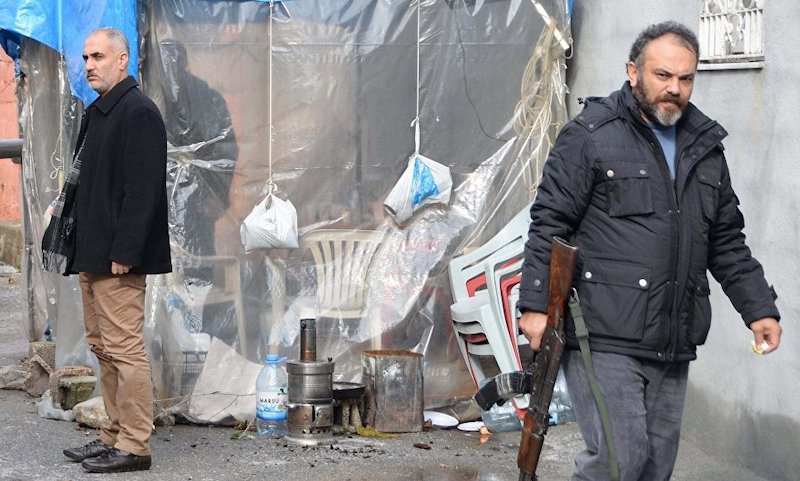
Role of Türkiye’s national intelligence organization, police in Tarsus excavations
The situation surrounding the Tarsus excavations became even more complex following the death of Mithat Erdal, the police officer who was allegedly involved in the operation. Erdal reportedly discovered valuable artifacts during the excavation and informed his superiors, but former Police Chief Yasar Aksoy’s failure to report this information suggests that the excavation was conducted covertly.
National Intelligence Organization (MIT) is said to have intervened to prevent the inclusion of information about the excavation in official indictment files, and the operation was not officially recognized as an archaeological study. Although the prosecution intended to include detailed information about the excavation in the indictment related to Erdal’s death, MIT’s refusal to allow these details to be added suggests that the excavation was part of a broader MIT-led operation.
As a result, the prosecution was unable to include information about the excavation in the indictment, although another related document does reference the excavation.
These circumstances have strengthened claims that the excavation was part of a covert state operation. Despite official statements that the excavation uncovered only insignificant artifacts, leading to its halt, doubts persist regarding the true nature of the project.
The heavy security surrounding the excavation has fueled speculation that the operation was intended to recover items classified as state secrets, raising serious questions about the transparency of the entire process.
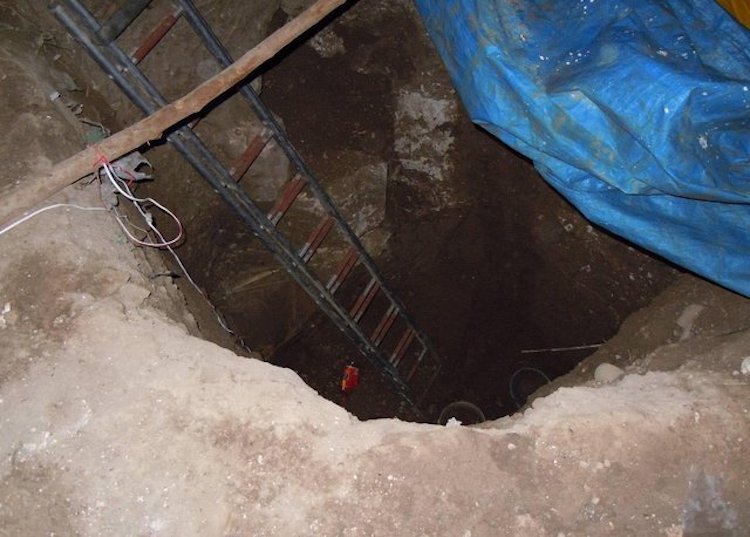
Theories, speculations about Tarsus excavations
- Gospel of St. Paul
One theory suggests that the excavations aimed to recover the lost Gospel of St. Paul. Given Tarsus’s connection to St. Paul, this theory posits that the Vatican may have orchestrated the excavation to retrieve this invaluable text, possibly providing new insights into early Christian teachings. - Lost Sibylline books
Another theory revolves around the Sibylline Books, ancient prophetic texts revered in the Roman Empire. Speculation exists that fragments of these books or a hidden library containing them were discovered during the excavations. Some reports claim a hidden library and burial chamber were found. - Hidden treasure
Rumors of vast quantities of gold hidden beneath Tarsus have circulated widely. Locals believe the excavation uncovered tons of gold, which was secretly removed. Reports of cracks in homes and promises of compensation for damage have fueled this belief. - Lost Roman-era metropolis
Another theory suggests the excavations might have revealed an extensive underground city dating back to the Roman period. Reports of structural remnants found during the dig indicate a potentially large, monumental underground complex beneath modern Tarsus. - Portal to another dimension
The most outlandish theory is that the excavation site contained a portal to another dimension. Reports of strange occurrences, such as malfunctioning electronic devices and disappearing workers, led to speculation about an ancient gate to another realm.
Why secrets of ancient Tarsus might never be fully known
The Tarsus excavations abruptly ended in November 2017, leaving more questions than answers. Despite official statements downplaying the findings, the sudden halt and secrecy have deepened the mystery.
The excavations left visible scars – cracks in buildings, disrupted lives, and lingering unease among locals. Many believe something significant was discovered but deemed too important or dangerous to reveal.
Continued silence from authorities has intensified speculation, leading some to fear that the true nature of what was uncovered in Tarsus may never be fully known.
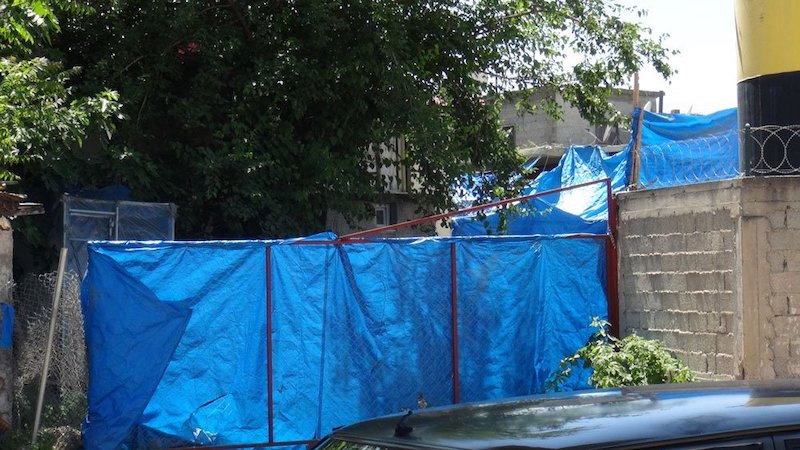
Significance of Tarsus in mysteries, hidden treasures
To understand the intrigue surrounding the Tarsus excavations, it’s essential to grasp the city’s historical and cultural importance. Located in Cilicia’s fertile plains near the Mediterranean coast, Tarsus has been a crossroads of civilizations for millennia.
As the meeting place of Antony and Cleopatra and a major hub in the Roman Empire, and notably the birthplace of St. Paul, Tarsus’s long history is rich with myth, legend, and historical significance.
This blend of historical importance and modern mystery has made the Tarsus excavations a topic of global interest.
Whether the excavations uncovered lost Gospels, ancient prophecies, or something even more extraordinary remains uncertain.



